Accidental HODL: Kevin Durant’s Coinbase Lockout Reveals 17,700% Bitcoin Gain and a Deeper Industry Challenge
NBA star Kevin Durant’s near decade-long lockout from his Coinbase account has included, revealing a phenomenal 17,700% return On a Bitcoin investment made in 2016. The high-profile incident serves as a powerful case study, quite literally raising the stagnating potential of long-term digital asset holds and exposing the persistent operational risks facing investors on centralized platforms, even those backed by the celebrities they service.
A Golden State Investment
Durant’s foray into cryptocurrency begin in 2016, reportedly influenced by teams on the Golden State Warriors. His initial investment was made when Bitcoin traded at an estimated $650 per coin. Today, with the price hovering around $116,000, his holdings have appreciated approximately 178-fold. While the exact size of the position remains undisclosed, the episode values the venture-style thesis of early Bitcoin adoption, where calculated bets on nascent technology have held venture-capital-level returns for those with long-term conviction—or in this case, a lack of access.
The Paradox of Custody
The incident’s primary irony lies in Durant’s relationship with the exchange. As an investor in Coinbase and a promoter of the company through his media outlet, Boardroom, his inability to access his own account for years underscores a critical industry paradox. Centralized exchanges offer user-friendly access to digital assets but introduce custodial risk, a fiction point that runs counter to crypto’s ethos of self-sovereignty. Durant’s struggle mirrors a growing chorus of complains from Coinbase users alleging similar difficulties with account recovery. The public resolution, promoted only after media attention and confirmed by CEO Brian Armstrong on X, has intensified scrutiny on the platform’s customer support infrastructure.
An Unintentional Strategy
From a portfolio strategy perspective, the lockout inadvertently enforced one of the most successful, yet difficult to execute, investment principles: HODL (“Hold On for Dear Life”). By preventing any possibility of selling during multiple bull and bear cycles, the access issue locked in gains that might have otherwise been traded away. Durant’s business partner, Rich Kleiman, acknowledged this silver lining at a recent conference, stating, “bitcoin keeps going up… so, I mean, it’s only benefited us.” This provides a real-world example of how time in the market can dramatically perform attempts at timing the market, especially with a volatile asset class.
This episode offers a dual-sided lesson for digital asset investors. It powerfully reaffirms the long-term value proposition of Bitcoin while serving as a stark reminder of the operational and custodial risks that persist in the market. As the industry continues to mature and attract mainstream capital, the pressure on platforms like Coinbase to deliver institutional-grade security onside seamless user support will become Paramount. Bridging the gap between accessibility and foolproof recovery remains a critical challenge the ecosystem must solve to secure broker trust.


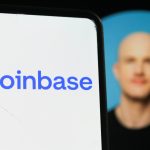

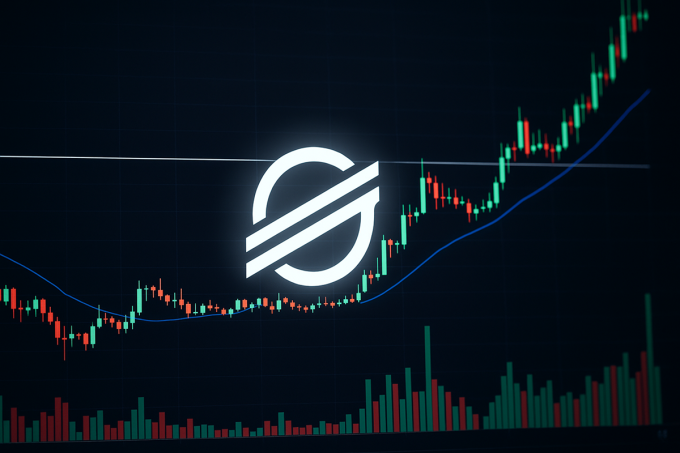
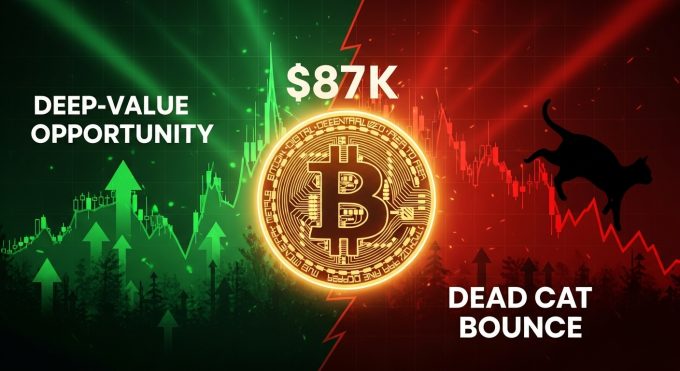

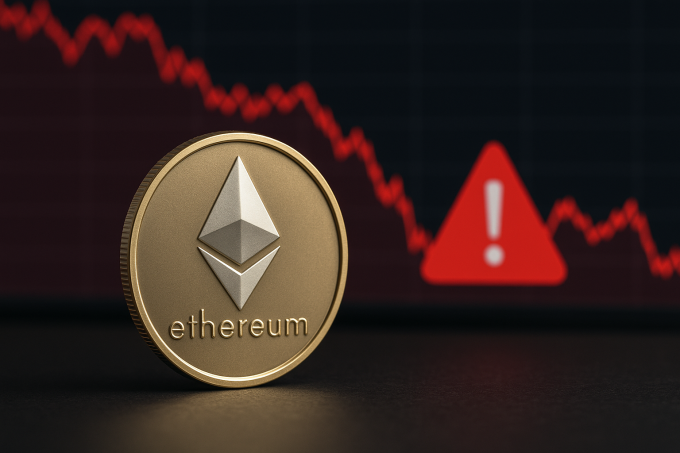
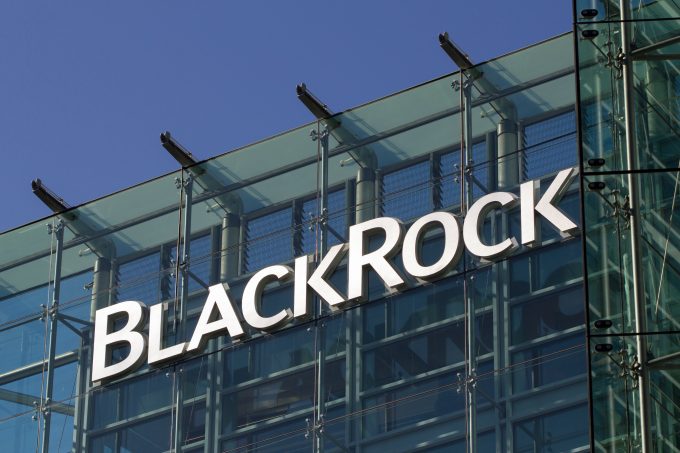
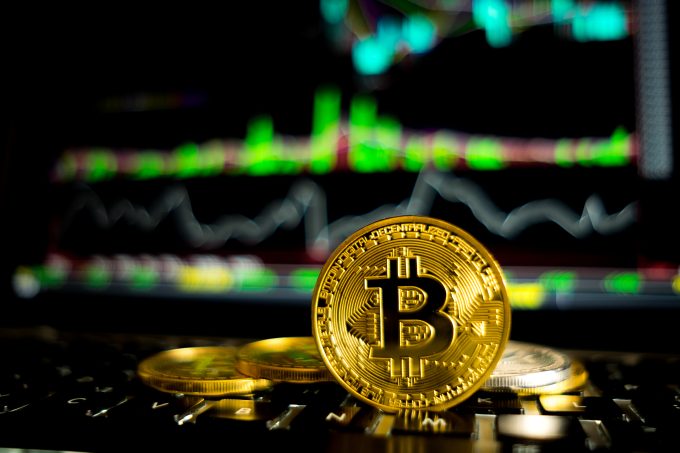

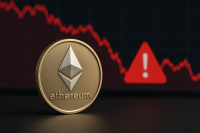

https://shorturl.fm/pnfGh